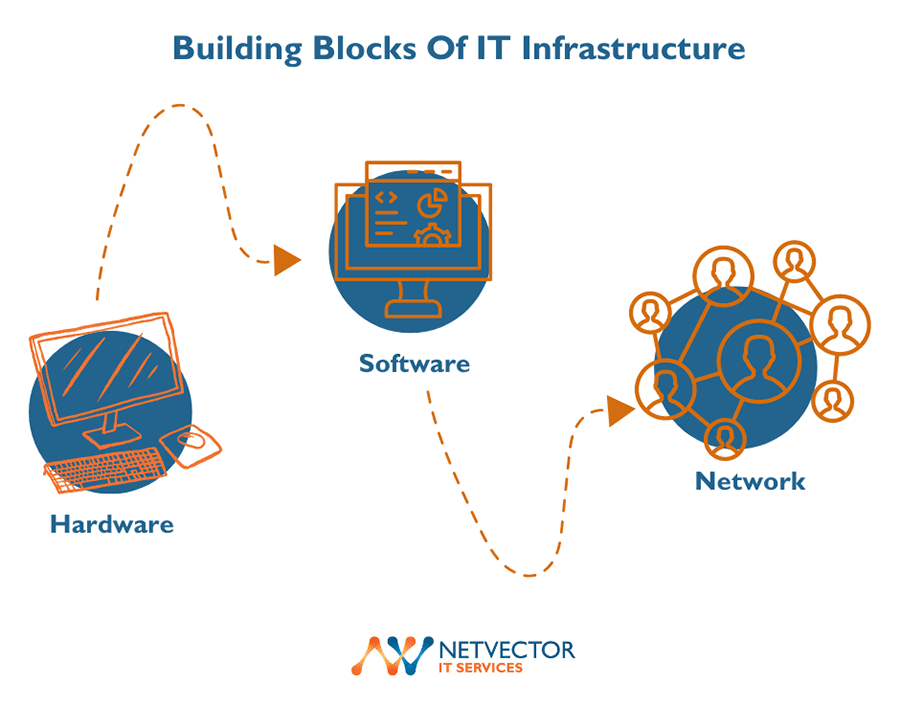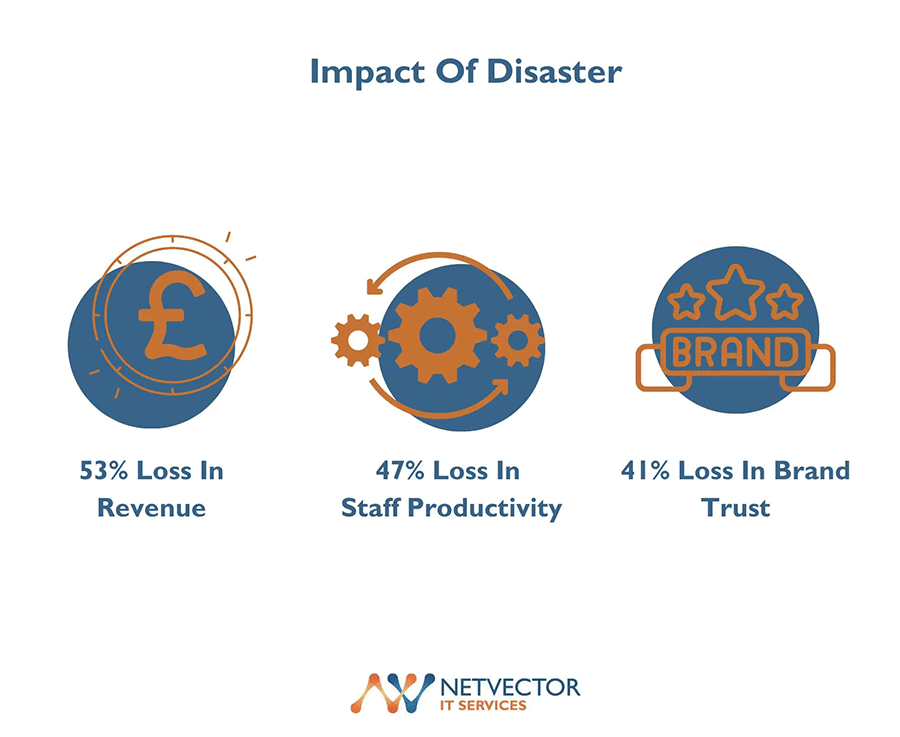Efficient IT Infrastructure Management in Kent

In today’s fast-paced digital landscape, efficient IT infrastructure management is crucial for businesses to stay competitive and ensure smooth operations. Kent, known for its thriving business environment, requires robust IT infrastructure to support the diverse needs of organisations. This article explores the importance of efficient IT infrastructure management in Kent and provides insights into key strategies and best practices that can help businesses optimise their IT systems.
Assessing IT Infrastructure Requirements
Before implementing any IT infrastructure management strategies, it is crucial to carry out a comprehensive assessment of the organisation’s requirements. This process involves evaluating the current state of hardware, software, and networking capabilities within the organisation, as well as identifying any potential gaps or areas that require improvement.
By conducting this thorough assessment, businesses can gain valuable insights into their existing IT infrastructure and its performance. It allows them to identify strengths and weaknesses, pinpoint areas where efficiency can be enhanced, and discover opportunities for optimisation.

Ensuring Scalability and Flexibility
As businesses experience growth and transformation, their IT infrastructure must adapt and expand accordingly to support the evolving demands. Efficient infrastructure management requires thoughtful planning for scalability and flexibility, enabling seamless adjustments as the business landscape changes. Embracing modern technologies and adopting forward-thinking strategies are key components in achieving this goal.
One vital aspect of scalable infrastructure management is the utilisation of cloud services. Cloud computing provides businesses in Kent with the ability to access computing resources, storage, and applications on-demand, without the need for extensive physical hardware investments. This flexibility ensures that organisations can efficiently allocate resources as their needs fluctuate, optimising costs and performance.
Virtualisation is another essential element in achieving scalable IT infrastructure management. By abstracting physical hardware into virtual machines, businesses can maximise the utilisation of their server resources. Virtualisation allows multiple virtual machines to run on a single physical server, effectively consolidating hardware and enhancing overall efficiency. As the business grows, it becomes easy to add new virtual machines or expand existing ones to meet increased demands, all while minimising the need for additional physical infrastructure.
The growth and evolution of businesses demand a strategic approach to IT infrastructure management. Embracing cloud services, leveraging virtualisation, and adopting modular strategies are essential in creating a scalable and flexible infrastructure that can accommodate expansion without disruptions. By planning ahead and remaining adaptable to change, organisations in Kent can ensure their IT infrastructure keeps pace with their evolving needs and supports their ongoing success.
Implementing Security Measures

Security holds immense significance in the realm of IT infrastructure management. As the number of cyber threats continues to rise, organisations must prioritise and deploy robust security measures to safeguard their sensitive data and critical systems. Neglecting security could lead to severe consequences, including data breaches, financial losses, and damage to reputation.
To bolster their defenses against cyber attacks, organisations in Kent need to undertake a multi-faceted approach. Regular vulnerability assessments are essential to identify weaknesses in their IT infrastructure proactively. These assessments involve conducting comprehensive evaluations to detect potential vulnerabilities and loopholes that malicious actors might exploit. By identifying and addressing these vulnerabilities promptly, organisations can mitigate the risk of security breaches.
Disaster Recovery and Business Continuity Planning
Unforeseen events, whether they be natural disasters or unexpected system failures, have the potential to significantly disrupt business operations. To safeguard against such disruptions, comprehensive IT infrastructure management should incorporate robust disaster recovery and business continuity plans. By implementing these plans, businesses in Kent can minimise the impact of adverse events and maintain their operations with minimal downtime.
One fundamental aspect of a disaster recovery plan is regular data backups. Backing up critical data at frequent intervals ensures that in the event of data loss or corruption, the organisation can quickly restore its information to a recent state. These backups can be stored on redundant systems or in secure offsite locations, providing an additional layer of protection against data loss due to on-premises incidents.
By incorporating robust disaster recovery and business continuity plans, organisations can instill confidence in their stakeholders and customers. These plans not only mitigate the impact of unforeseen events but also demonstrate the commitment to maintaining uninterrupted services, regardless of the circumstances. In a world where disruptions are becoming increasingly common, proactive IT infrastructure management with a focus on disaster recovery and business continuity is a crucial investment for any business in Kent seeking to protect its operations and reputation.

Conclusion
In conclusion, incorporating a well-rounded disaster recovery and business continuity strategy is a critical aspect of IT infrastructure management. By regularly backing up data, deploying redundant systems, prioritising cybersecurity, and conducting thorough testing, businesses can ensure their ability to weather unforeseen events. Emphasising these measures and fostering a culture of preparedness reinforces the organisation’s resilience and ability to maintain smooth operations, no matter what challenges come their way.
If you have any questions please reach out to the team at NetVector



